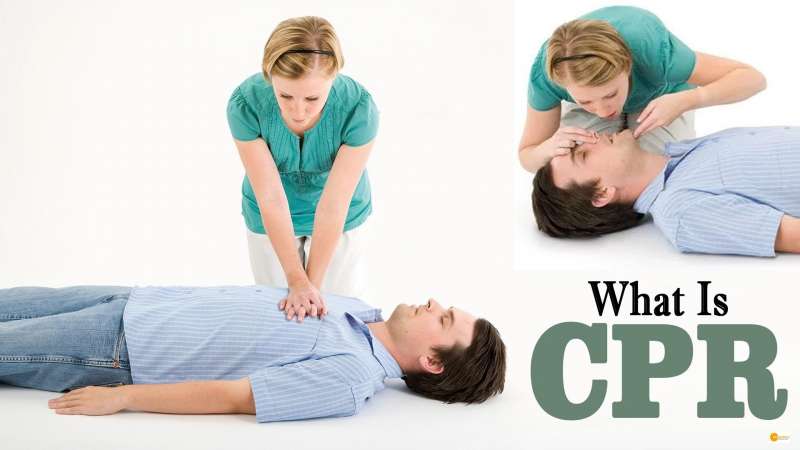

Cardiopulmonary Resuscitation (CPR) is performed in an emergency when someone is not breathing normally or their heart has stopped beating (cardiac arrest). CPR helps keep the blood circulating and the body supplied with oxygen until specialised care is available. Unless CPR is performed, there is usually enough oxygen in the blood to keep the brain and other vital organs functioning for a few minutes.
Understanding basic emergency first aid and CPR is critical because it has the potential to save lives. In the event of an emergency, the following strategies are used.
• Chest compressions
• Rescue breathing (mouth-to-mouth).
How do you perform CPR on an adult or older child?
Try to complete 5 sets of 30 chest compressions in less than two minutes. If you are unable to perform mouth-to-mouth compressions, continue with continuous compressions at a rate of approximately 100 compressions per minute.
During cardiac arrest, the heart is unable to pump blood to the rest of the body, including the brain and lungs. Without medical attention, death can occur in minutes. CPR uses chest compressions to simulate the heart’s pumping action. These compressions aid in the natural blood circulation of the body.
To see what happens inside the human body during CPR, watch the video posted on Twitter by “How Things Work.”
Steps to follow while performing chest compressions:
• One hand’s heel on the person’s breastbone in the lower part (in the middle of their chest).
• Grab your wrist with your other hand while putting it on top of your bottom hand. Alternatively, if it seems more comfortable, you could wish to interlock your fingers.
• Press down on their chest by a third of the depth of their chest while keeping your arms straight.
• It counts as one compression when you release the pressure.
Continue until:
• The person starts to react. They might start moving, breathing regularly, coughing, or speaking. Place them in the recovery position after that (onto their side).
• The paramedics take over when the ambulance arrives.
• CPR can be exhausting. Ask someone else to help you out with the least amount of disruption if you need a break.
• Change who is applying the compressions every two minutes.
Can performing chest compressions be risky?
Chest compressions can occasionally break someone’s ribs. Nonetheless, receiving CPR is preferable to not receiving it. If this occurs, stop, adjust your hands, and then resume working, or have someone else take over. If speaking is difficult for you, continue to apply chest compressions until help arrives. They are still capable of saving lives.


